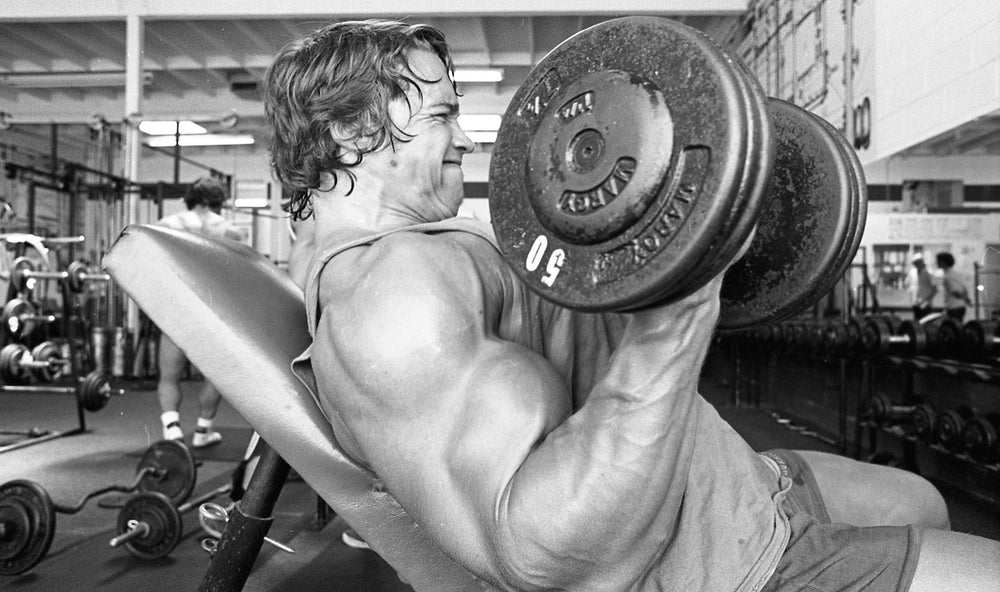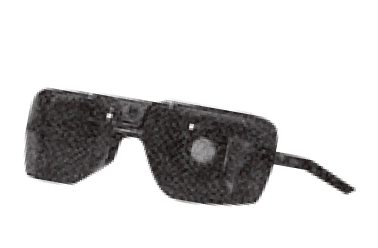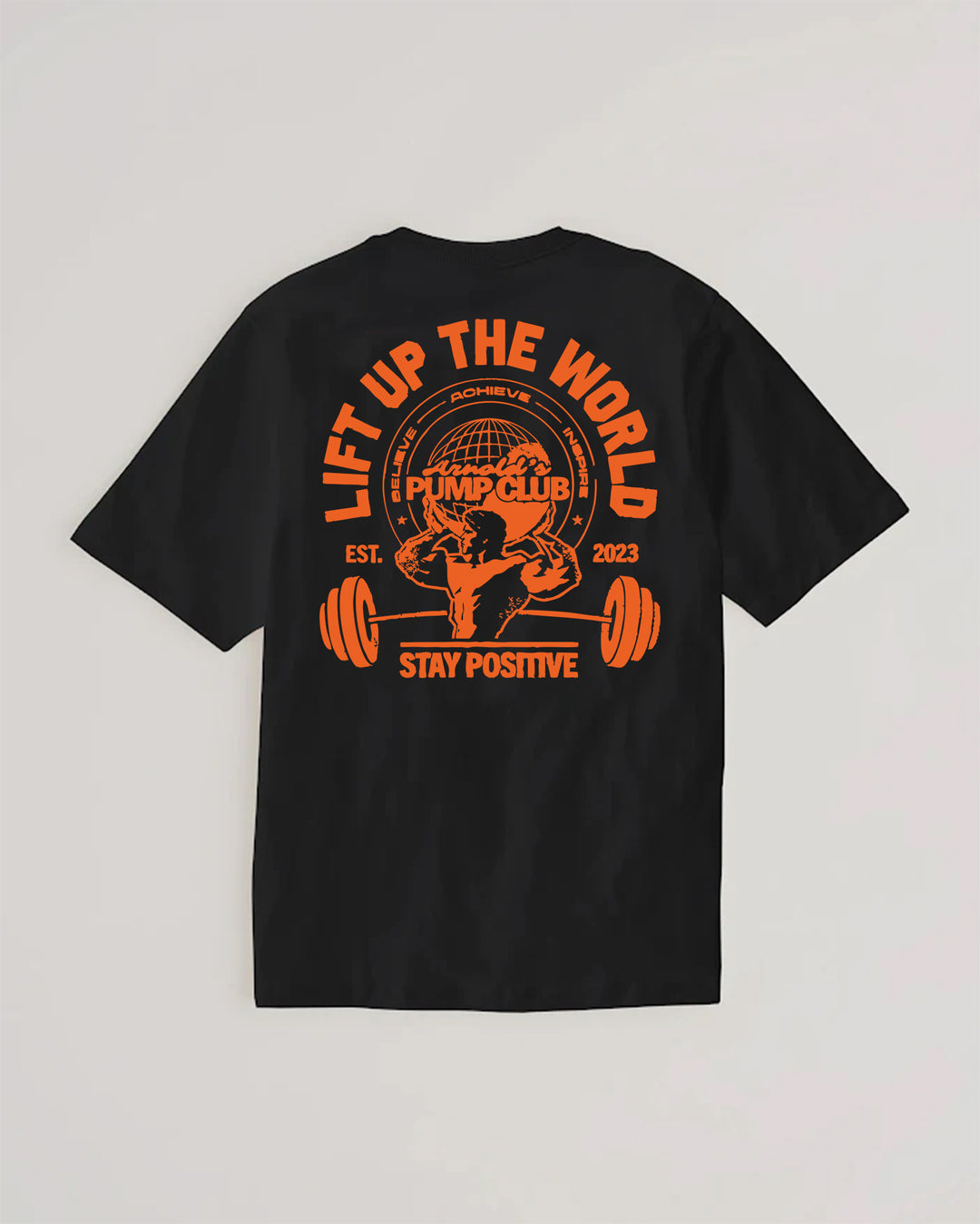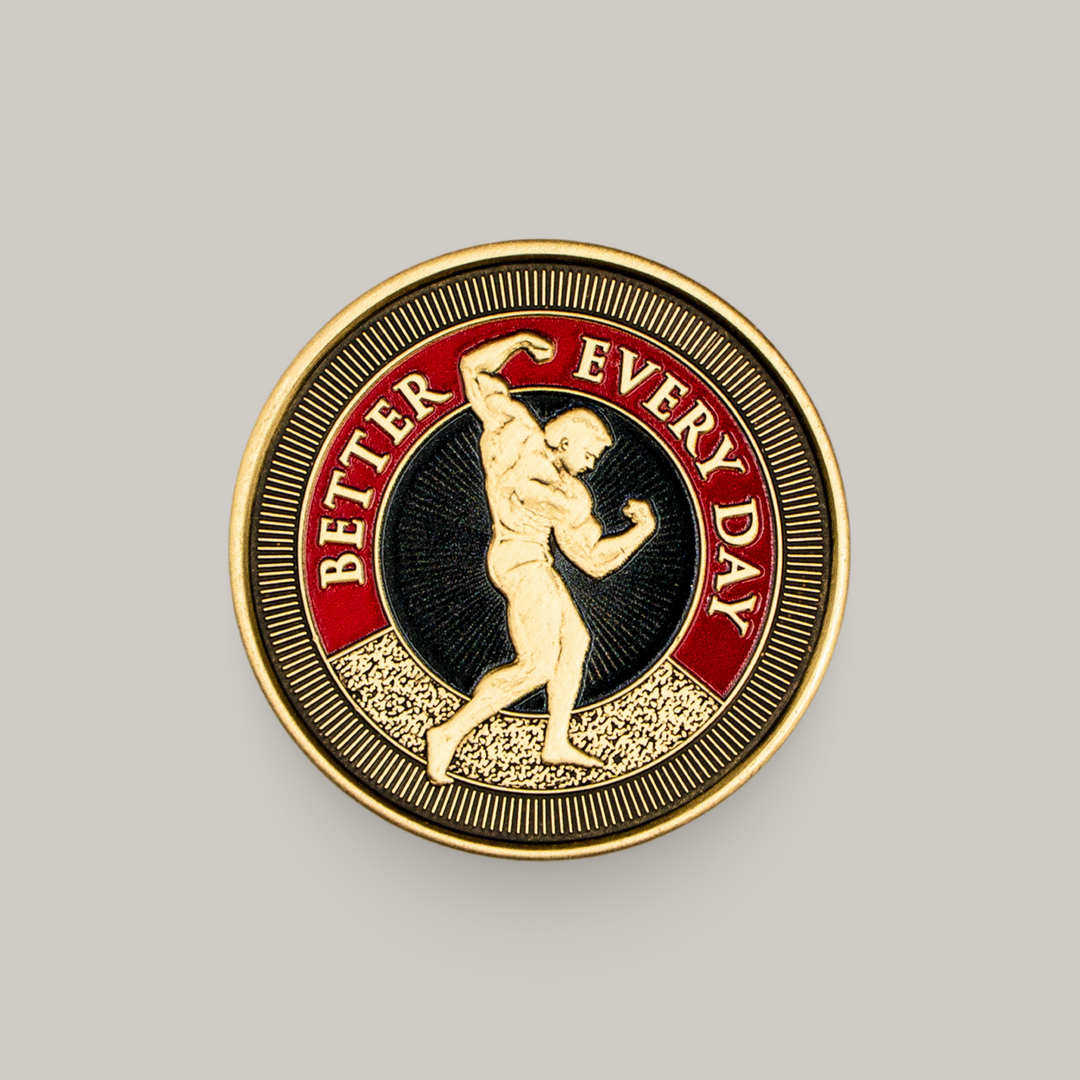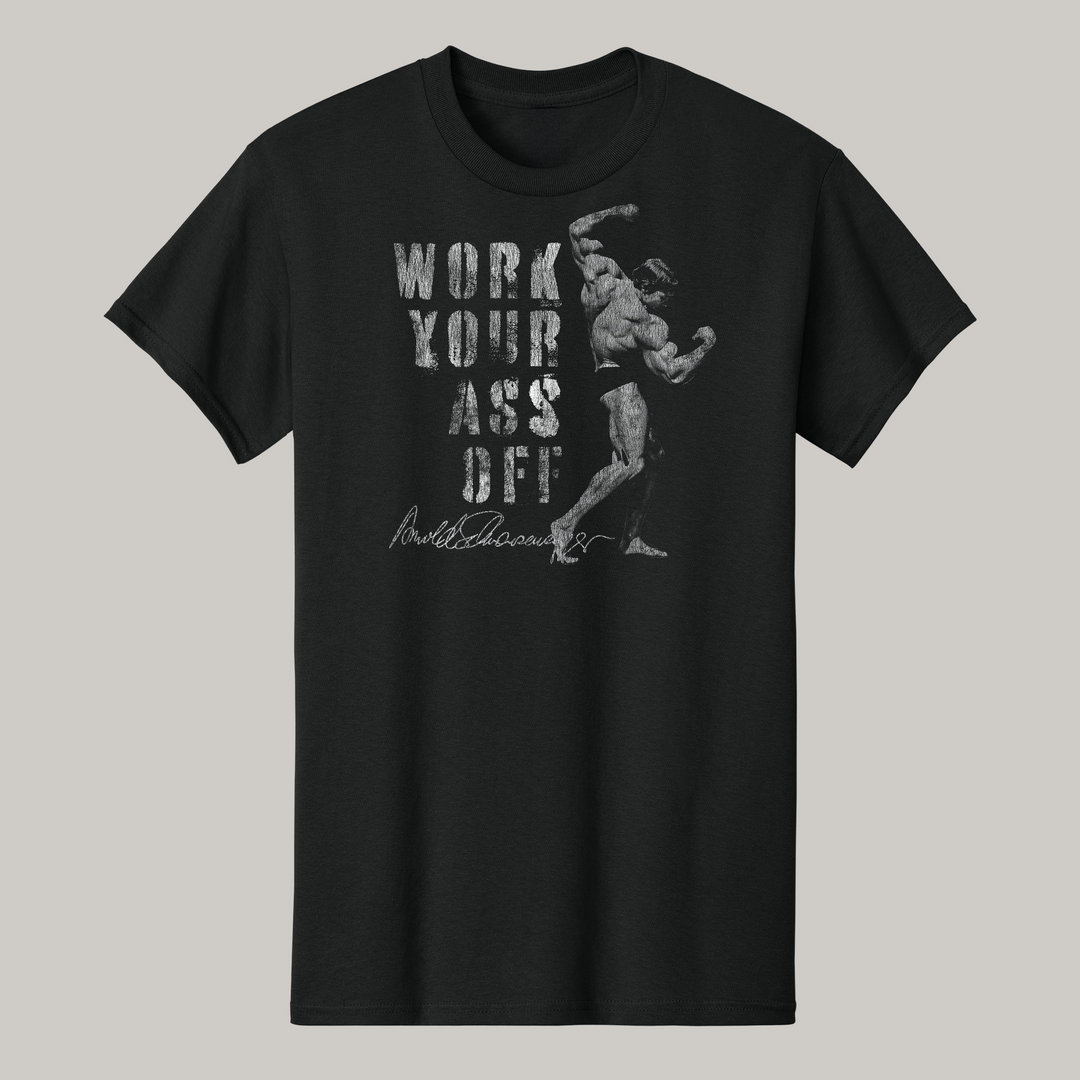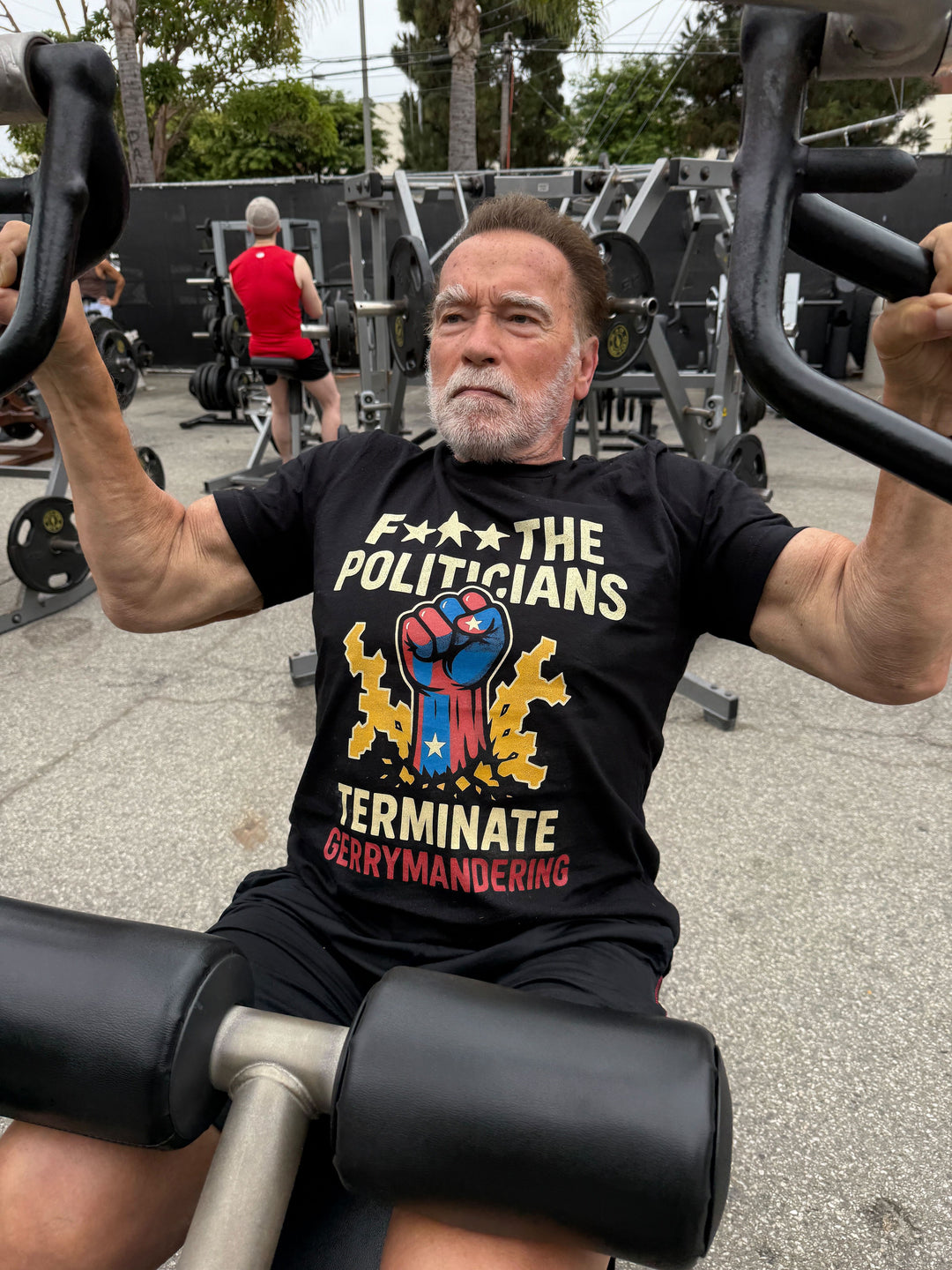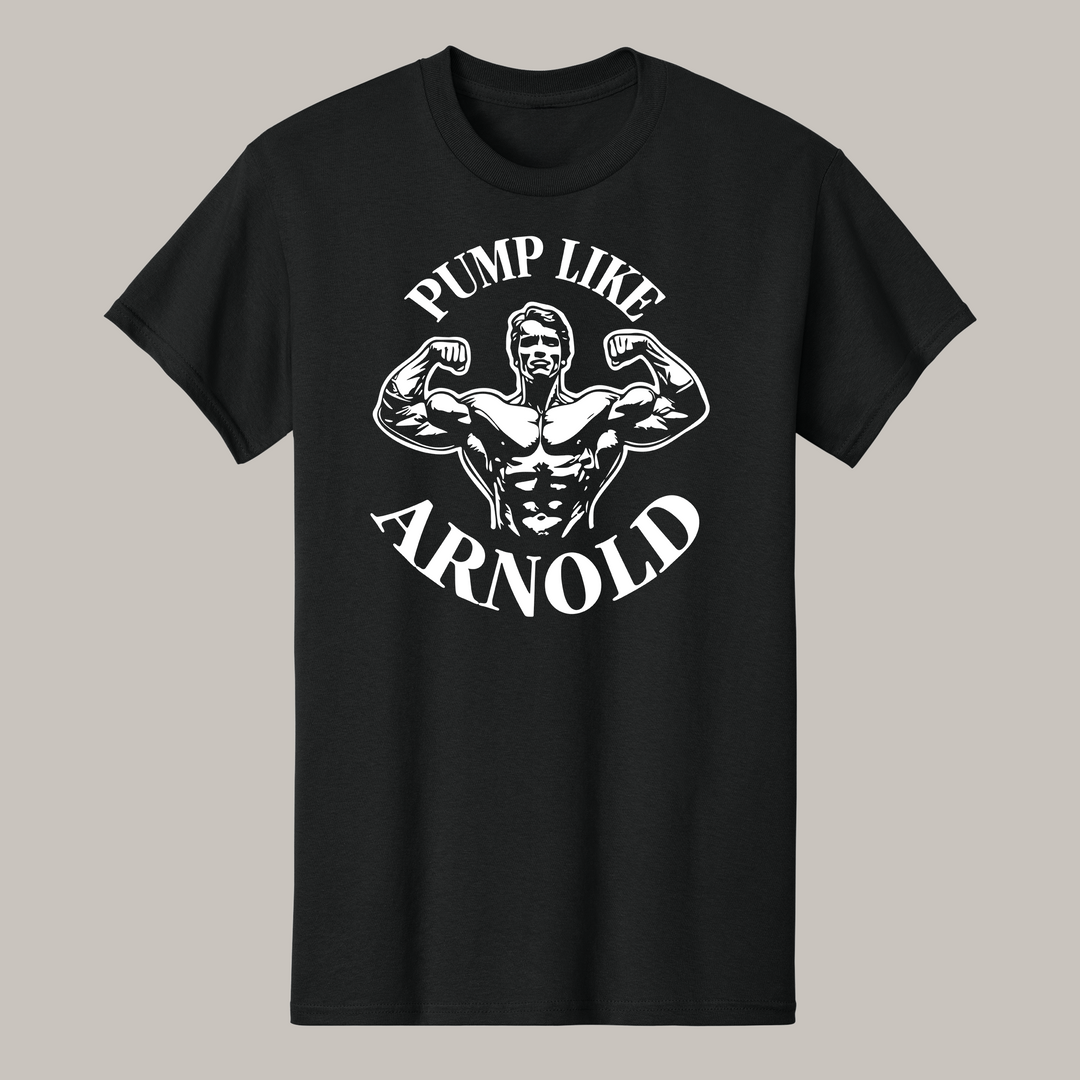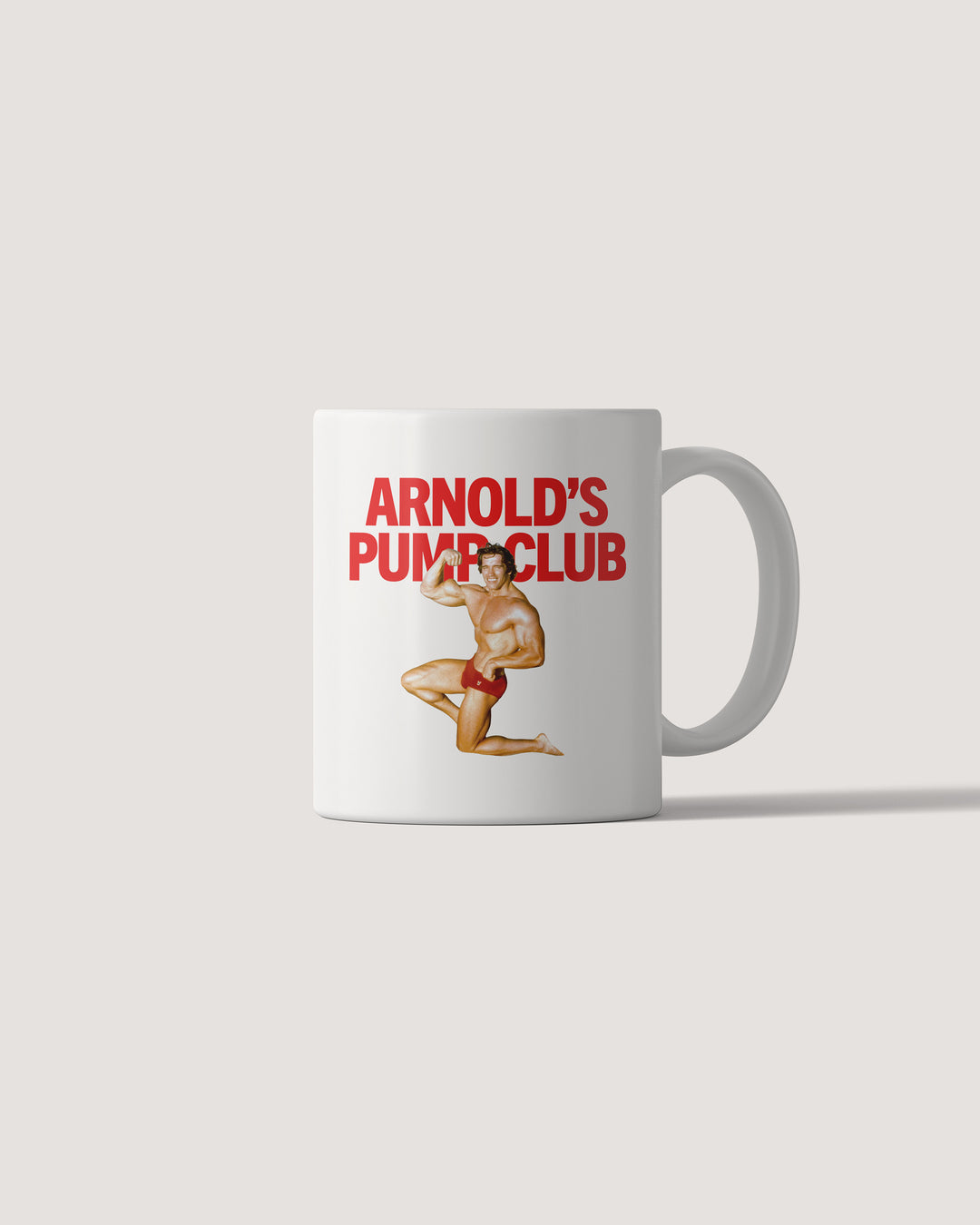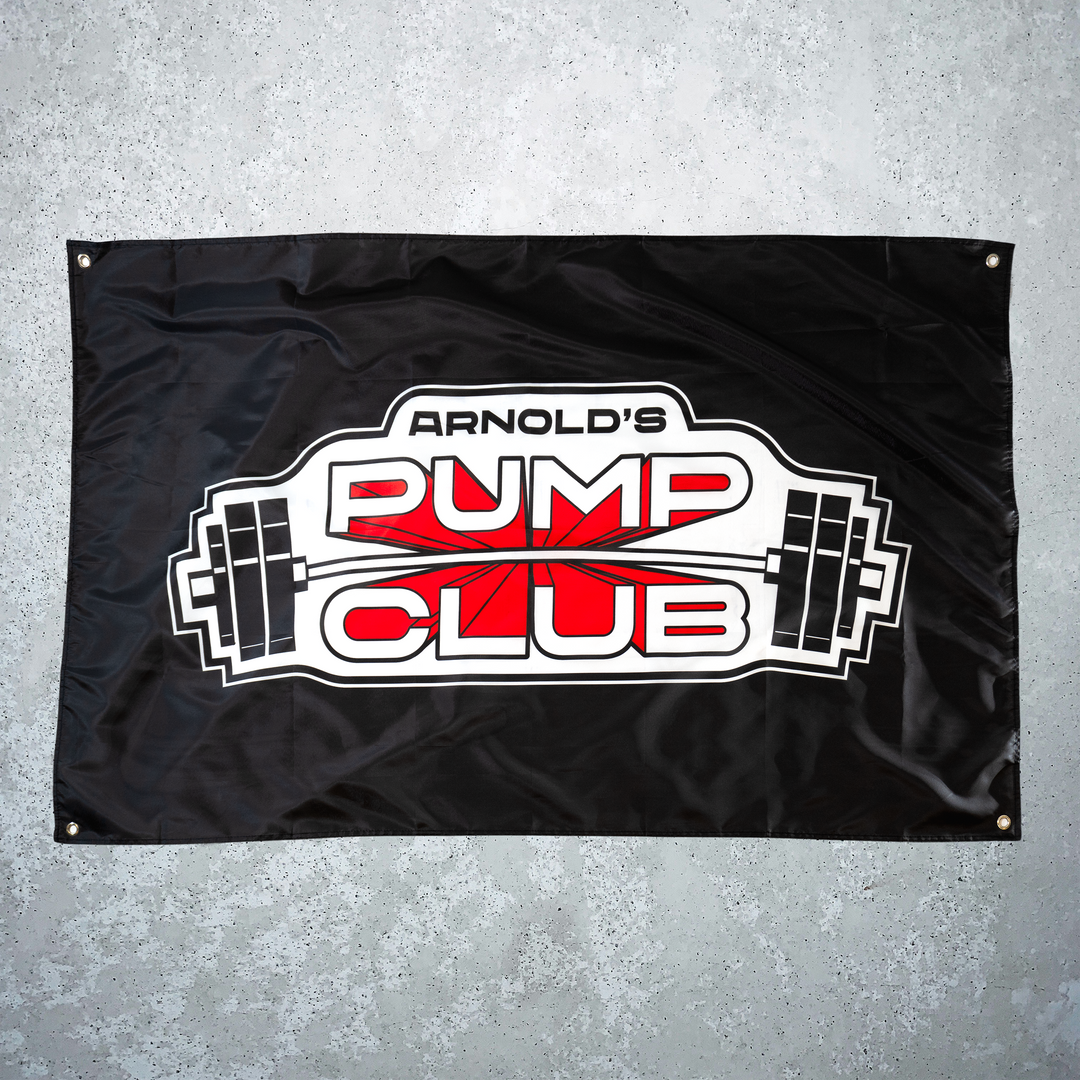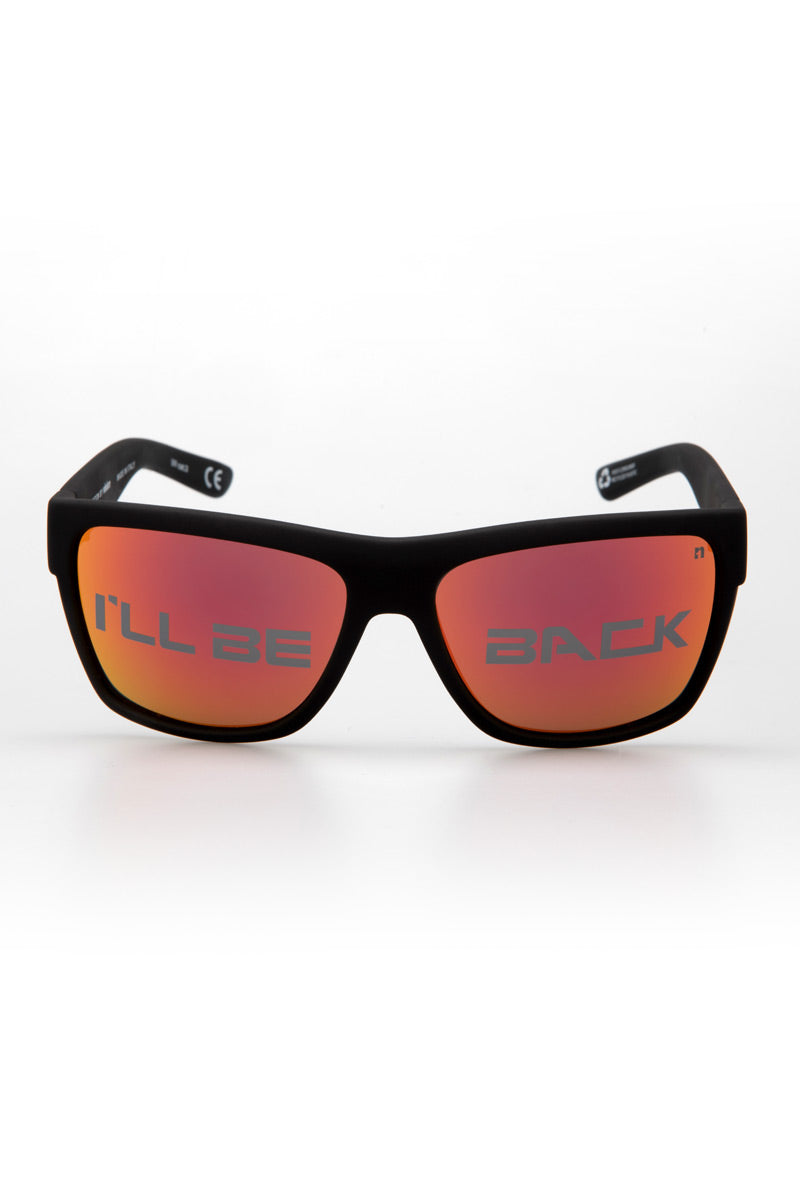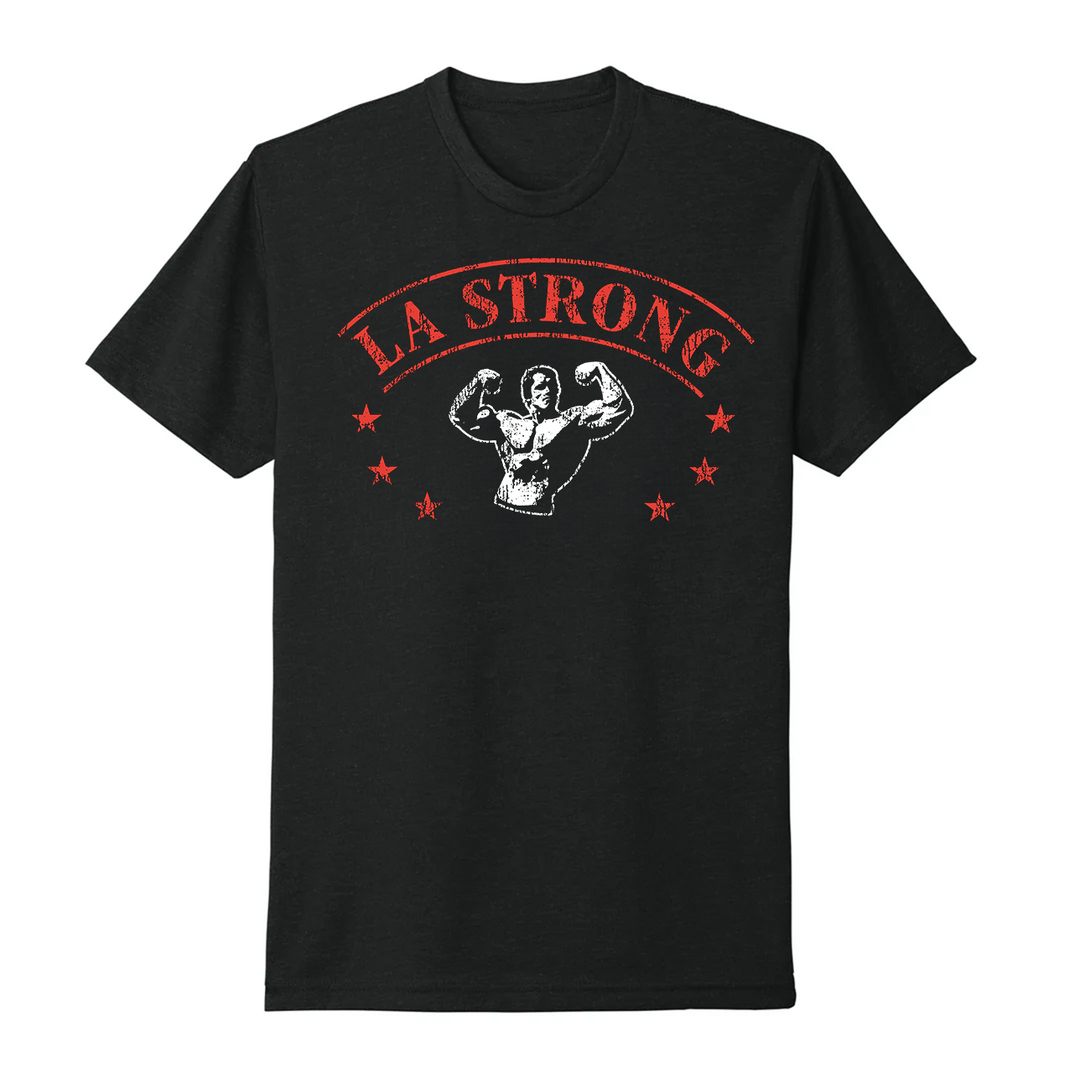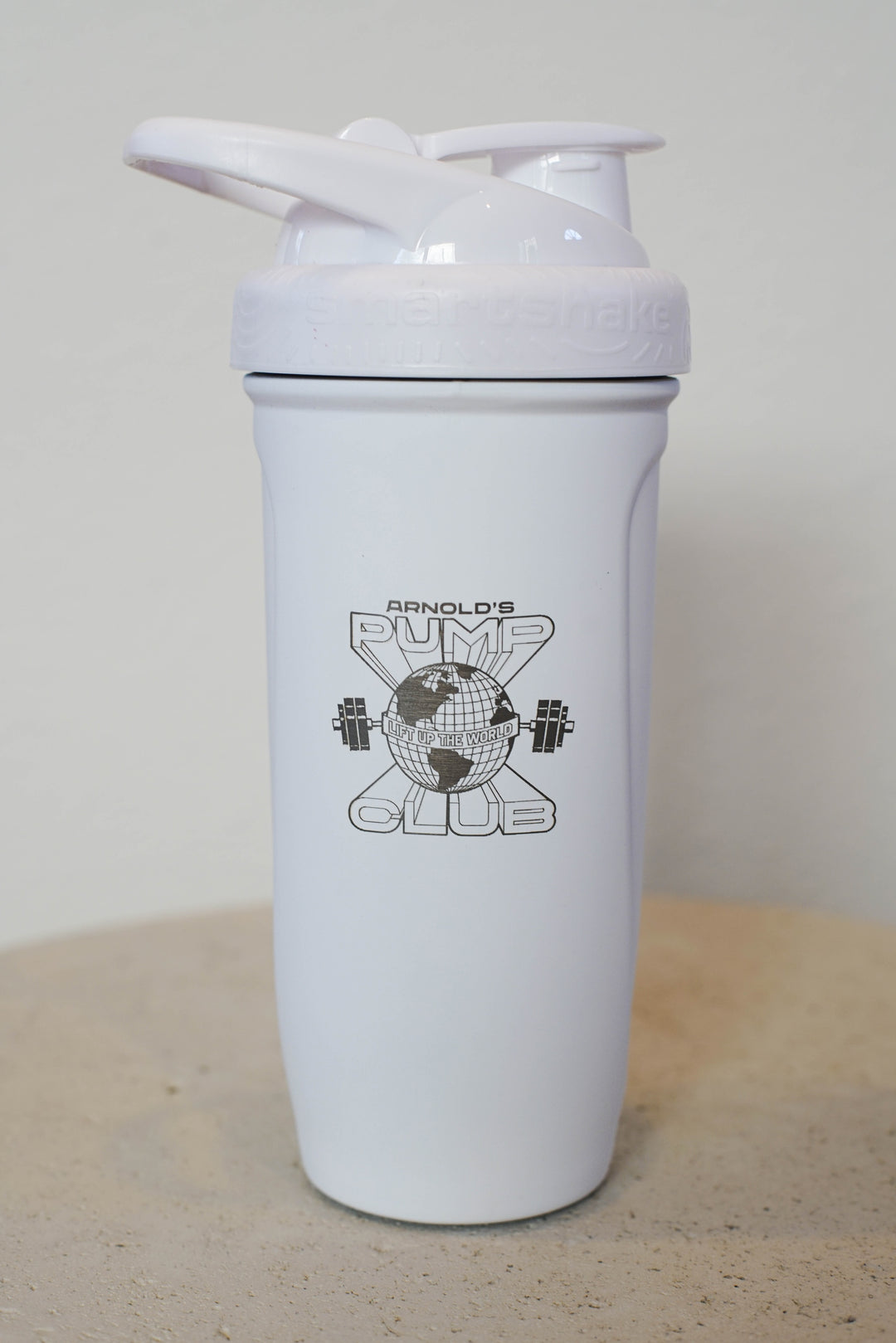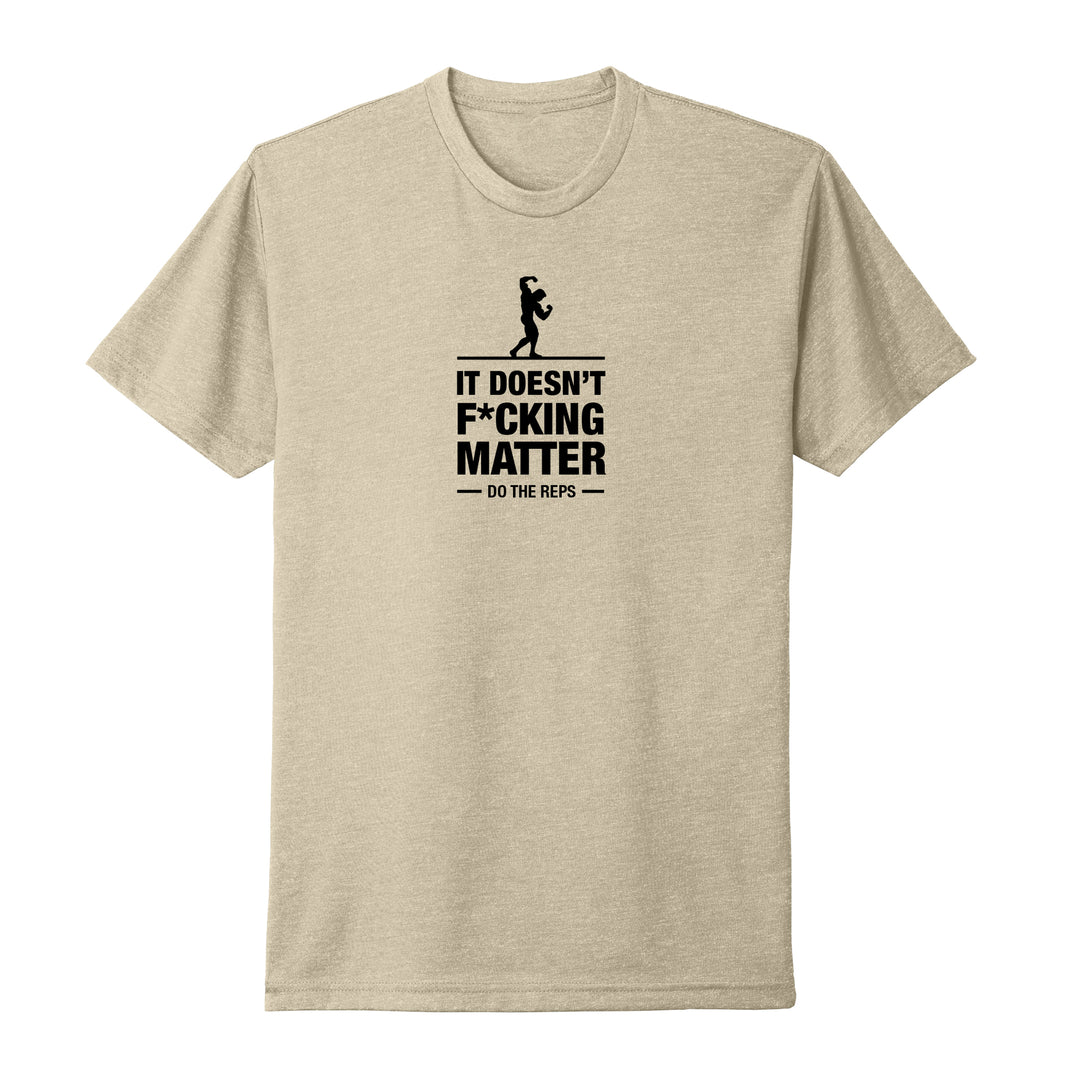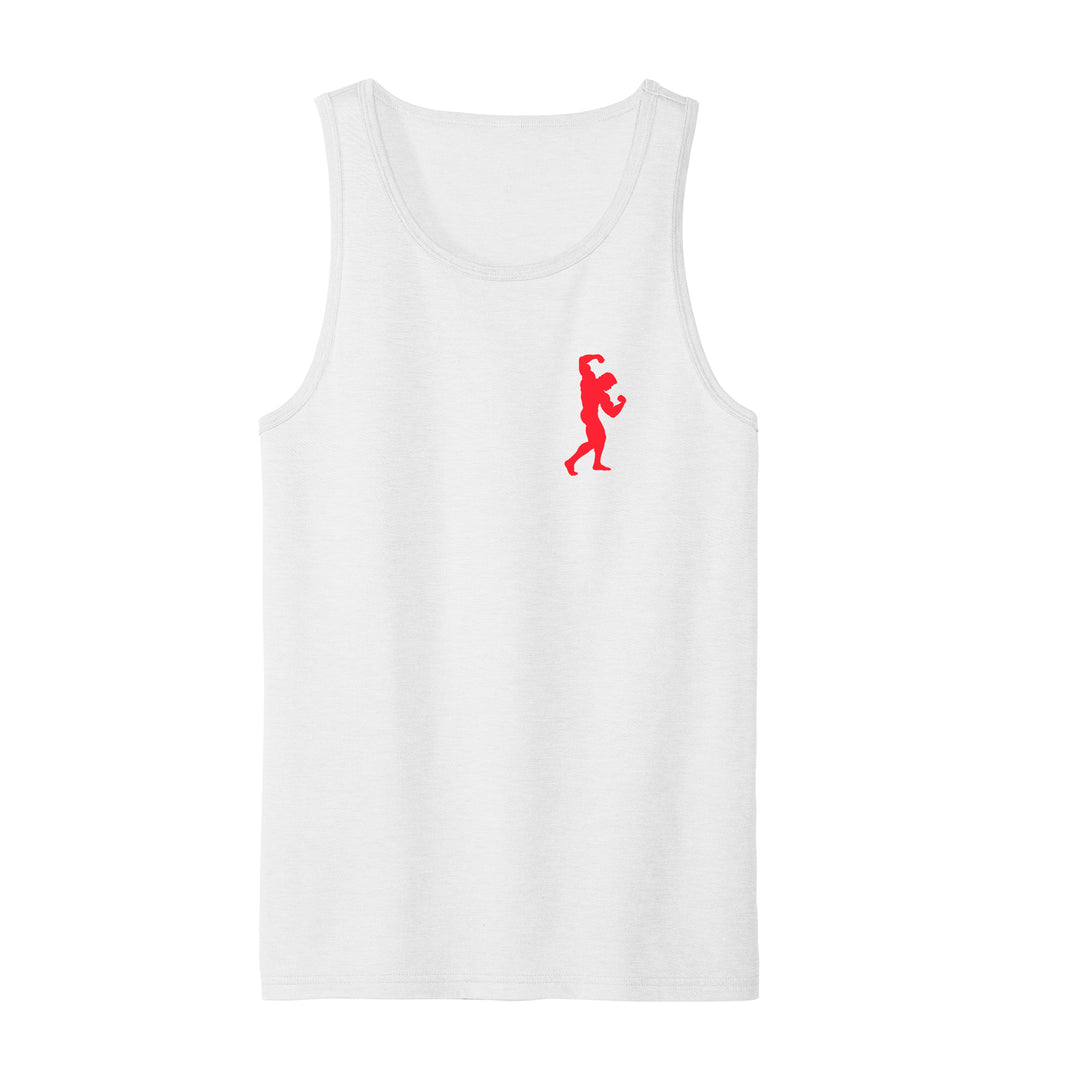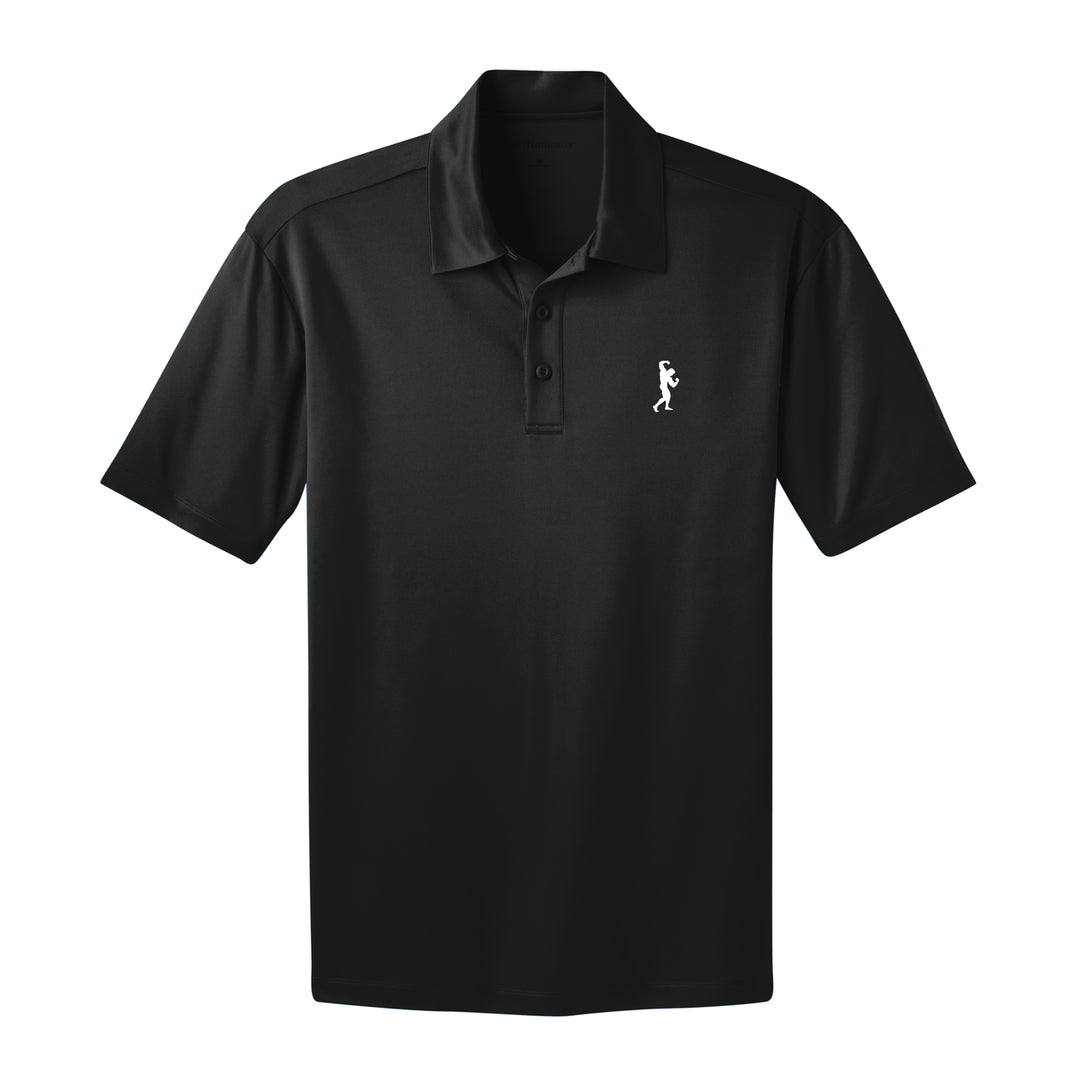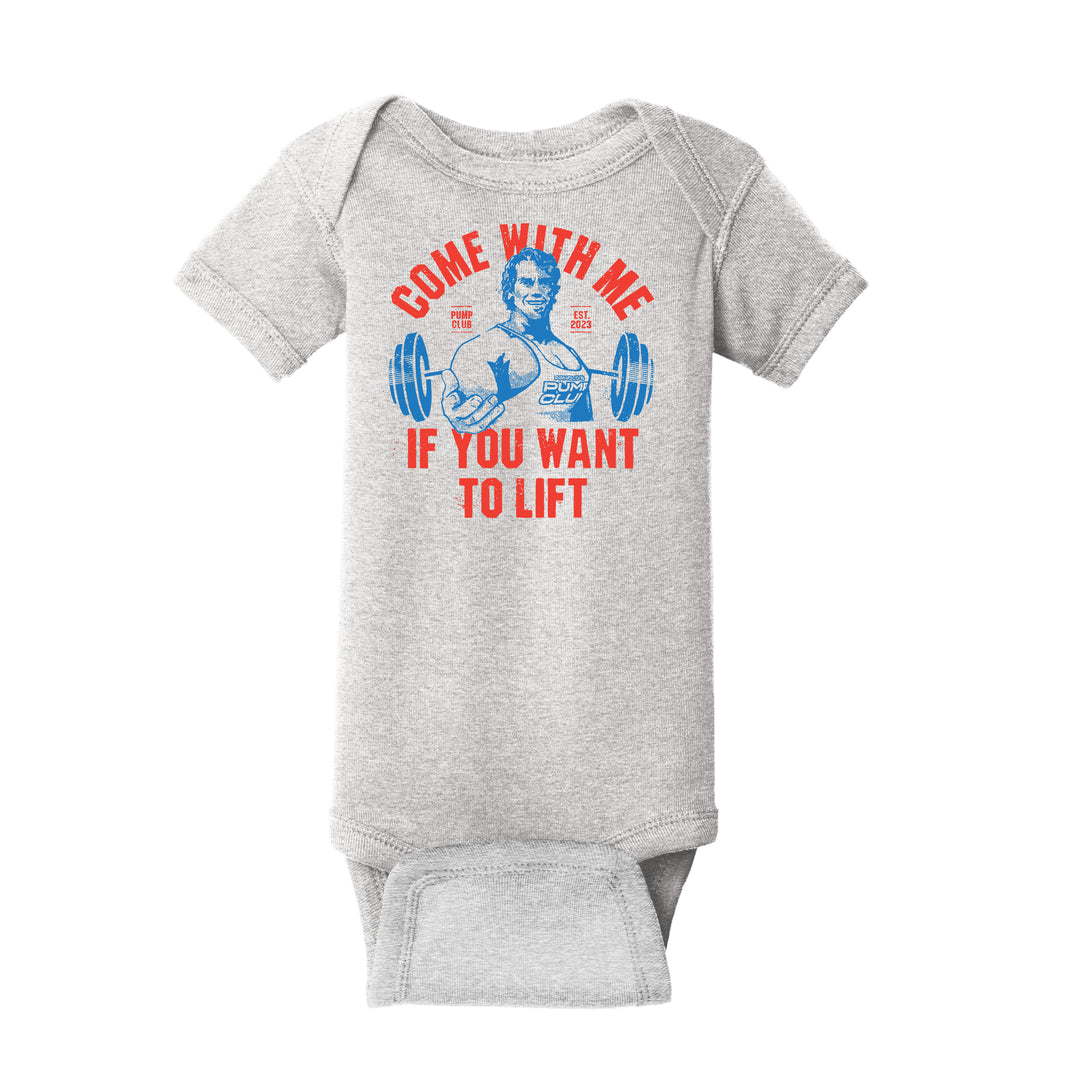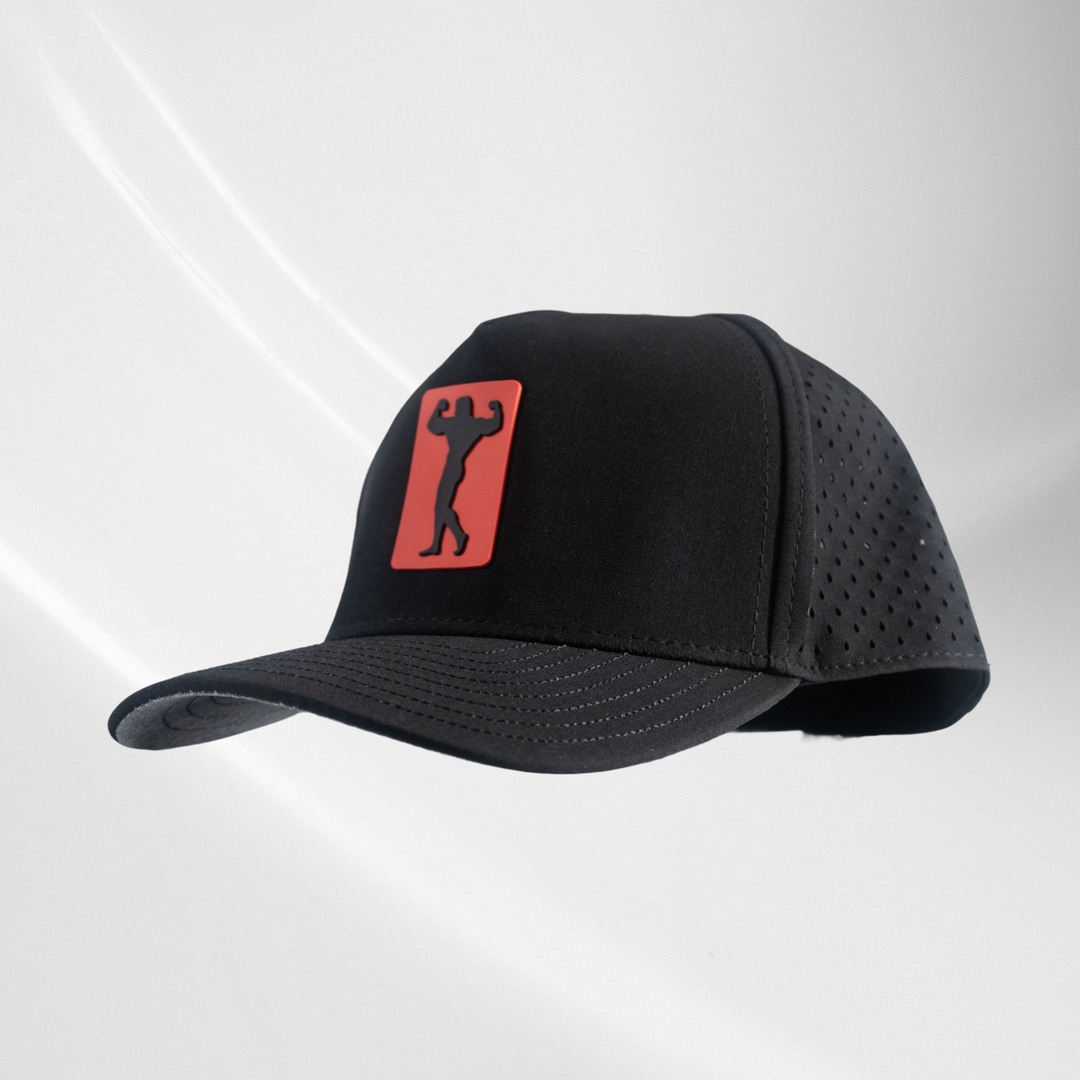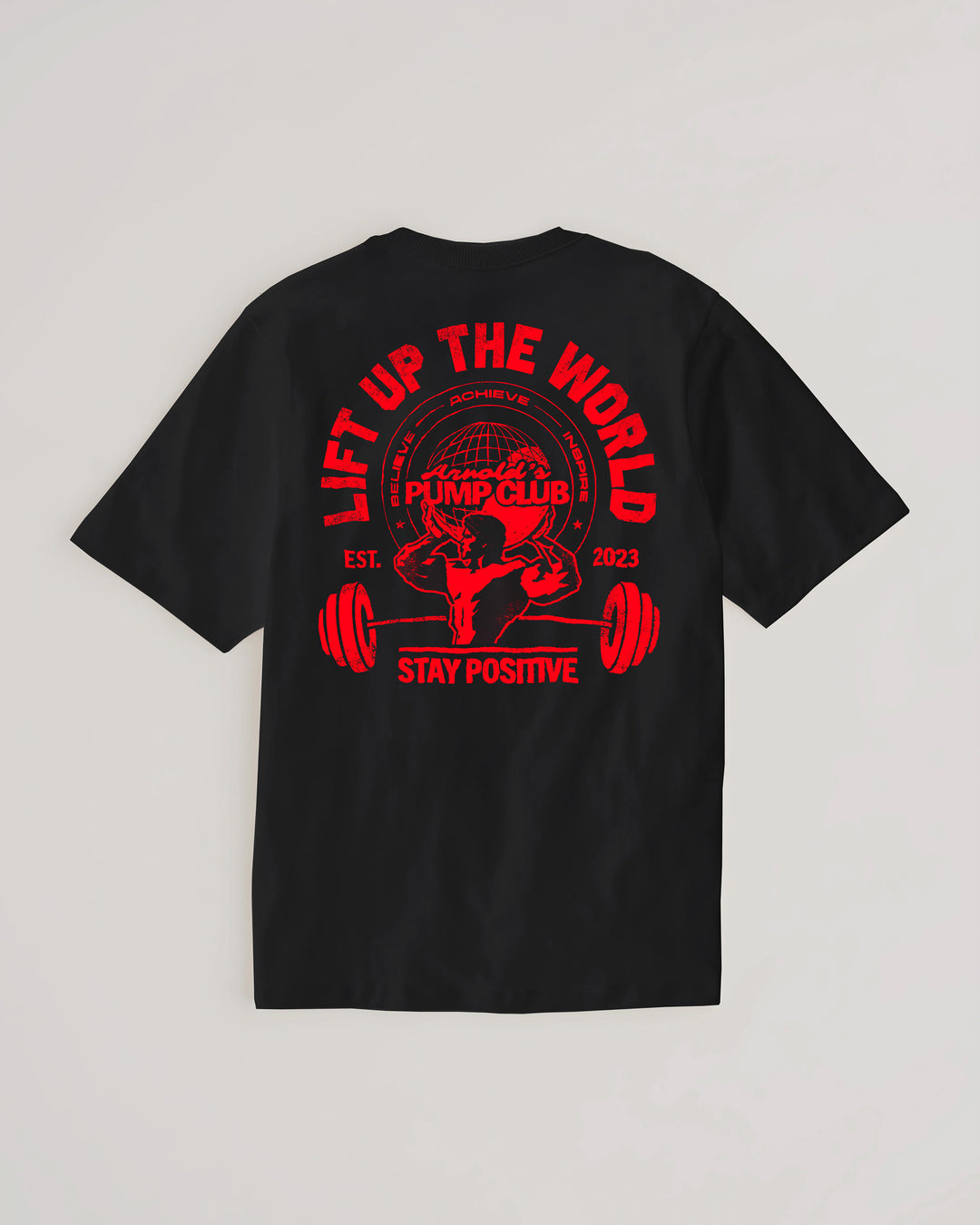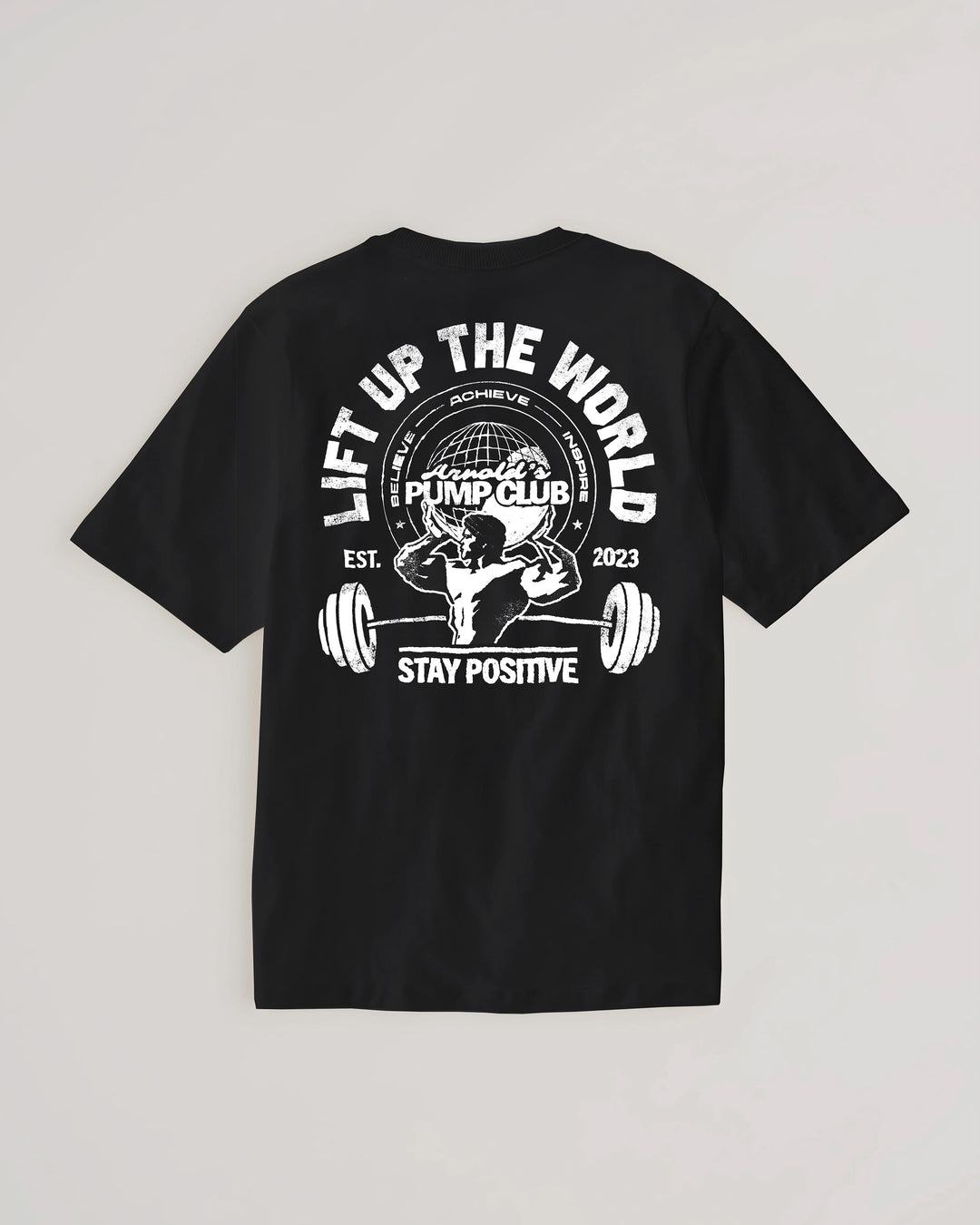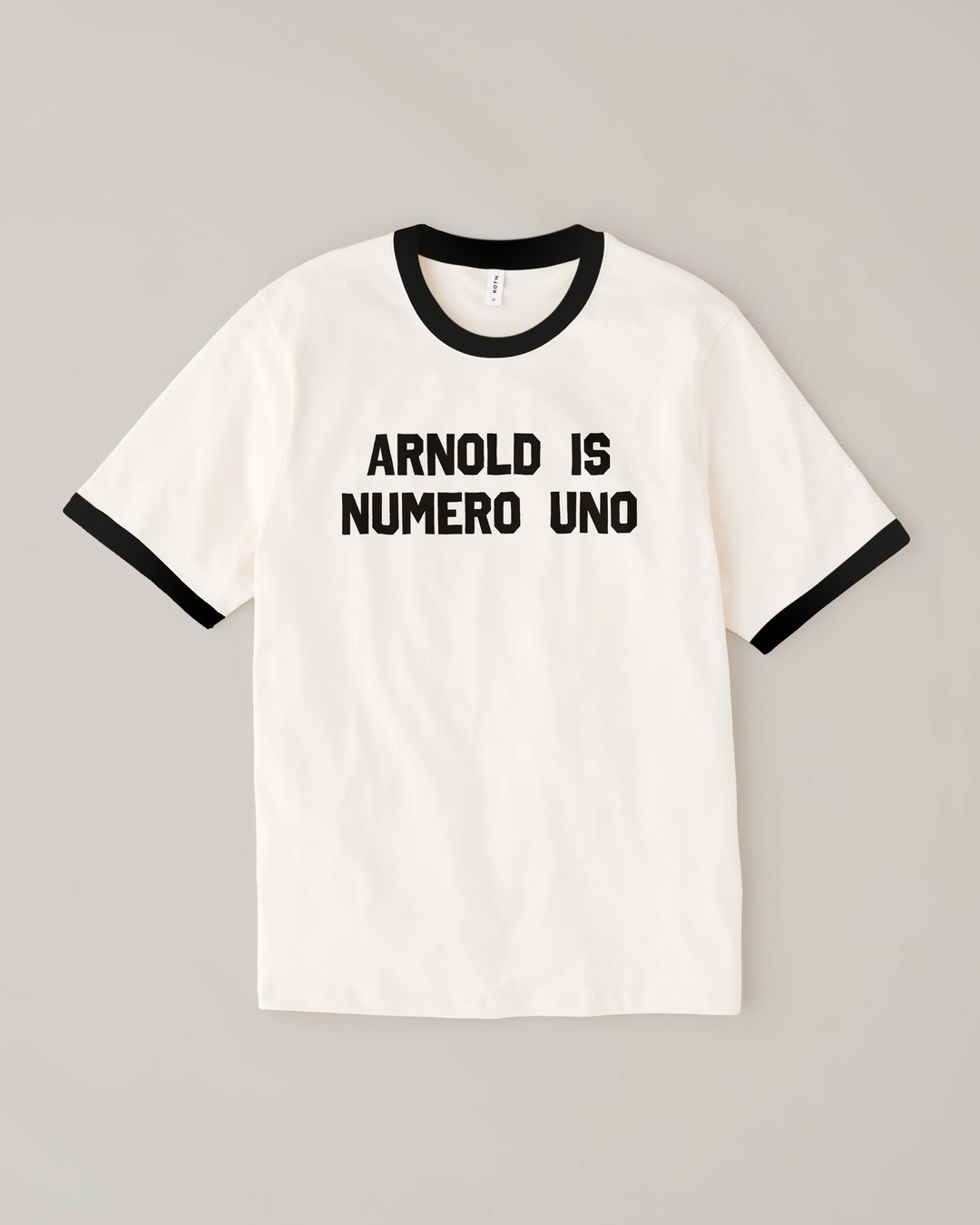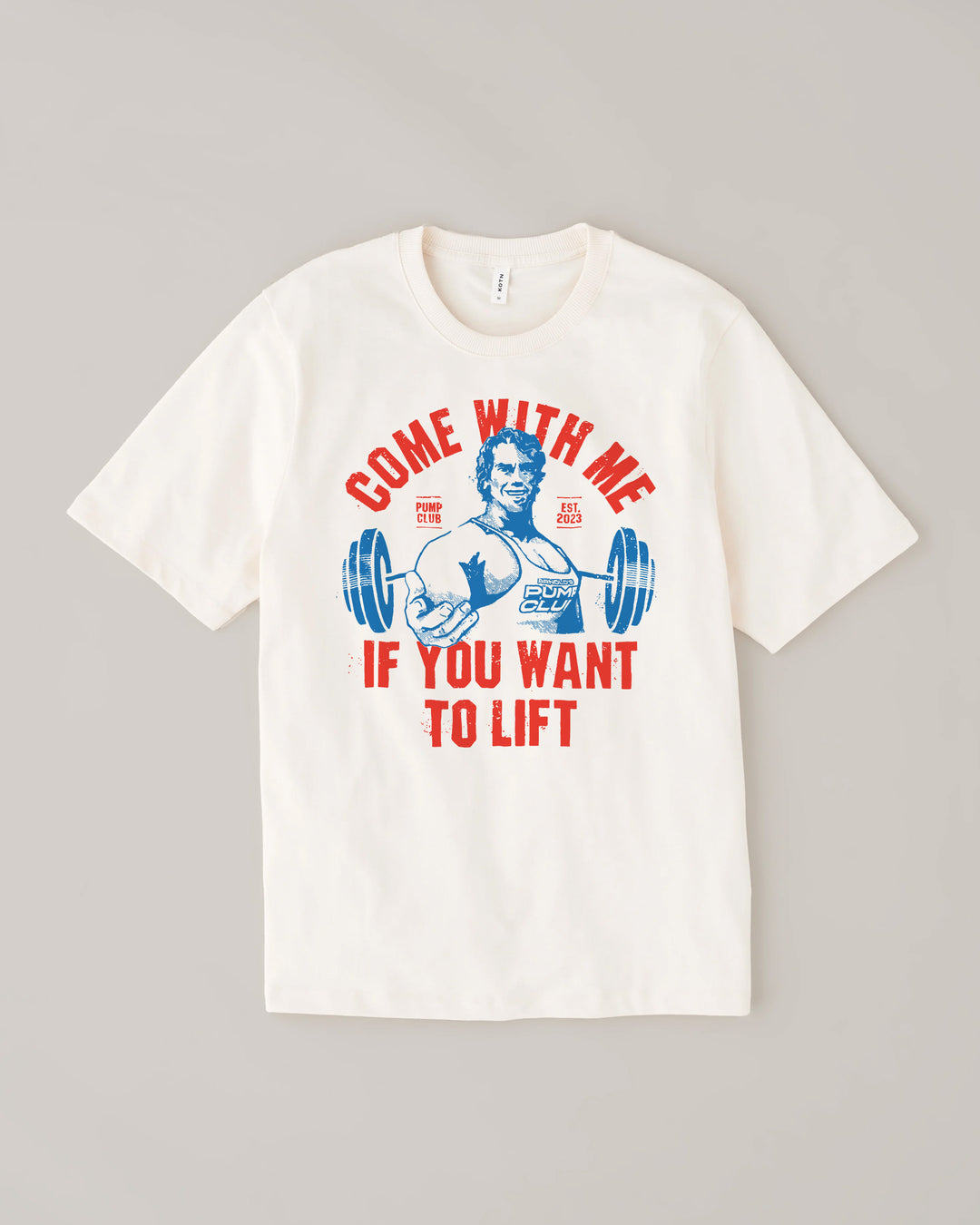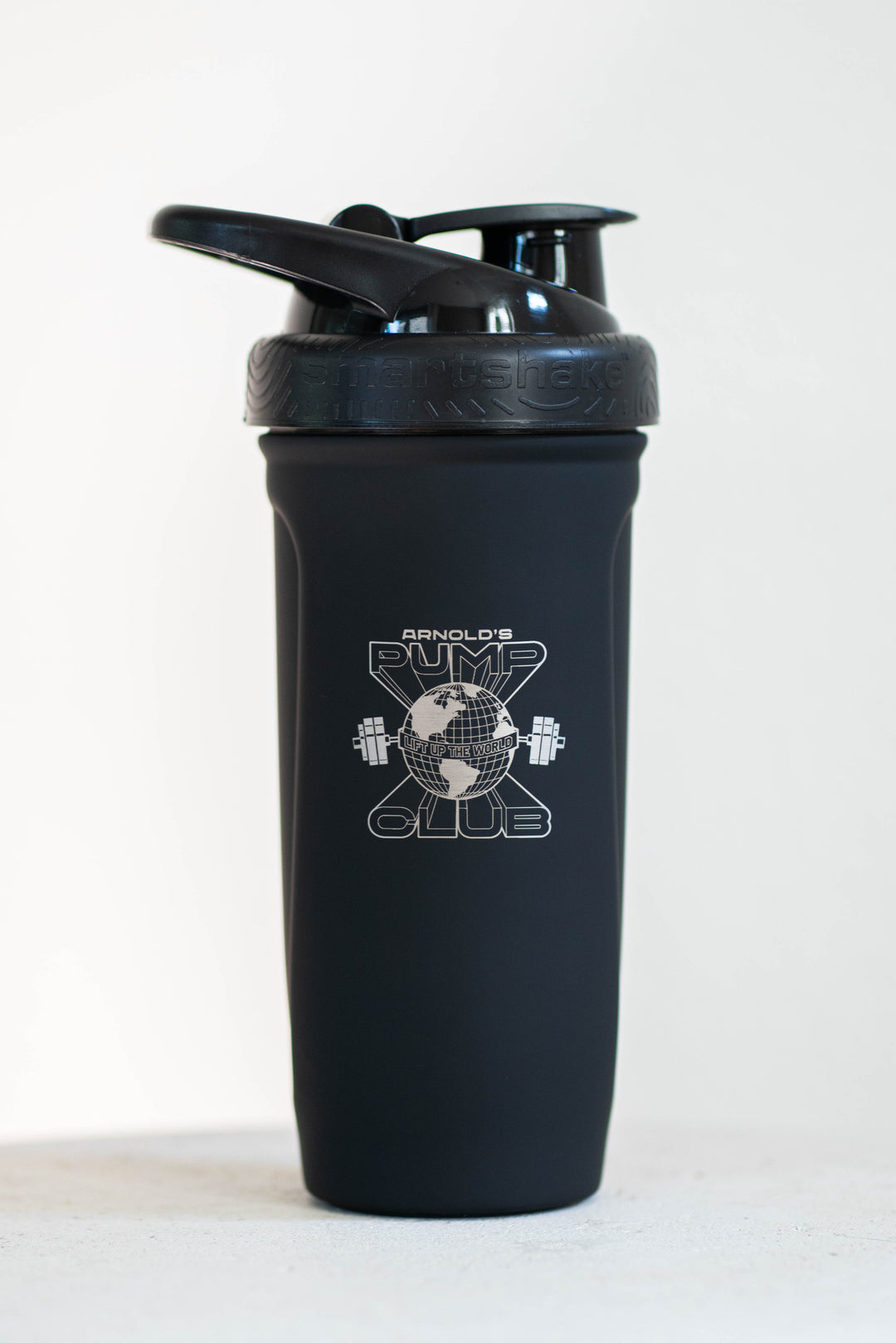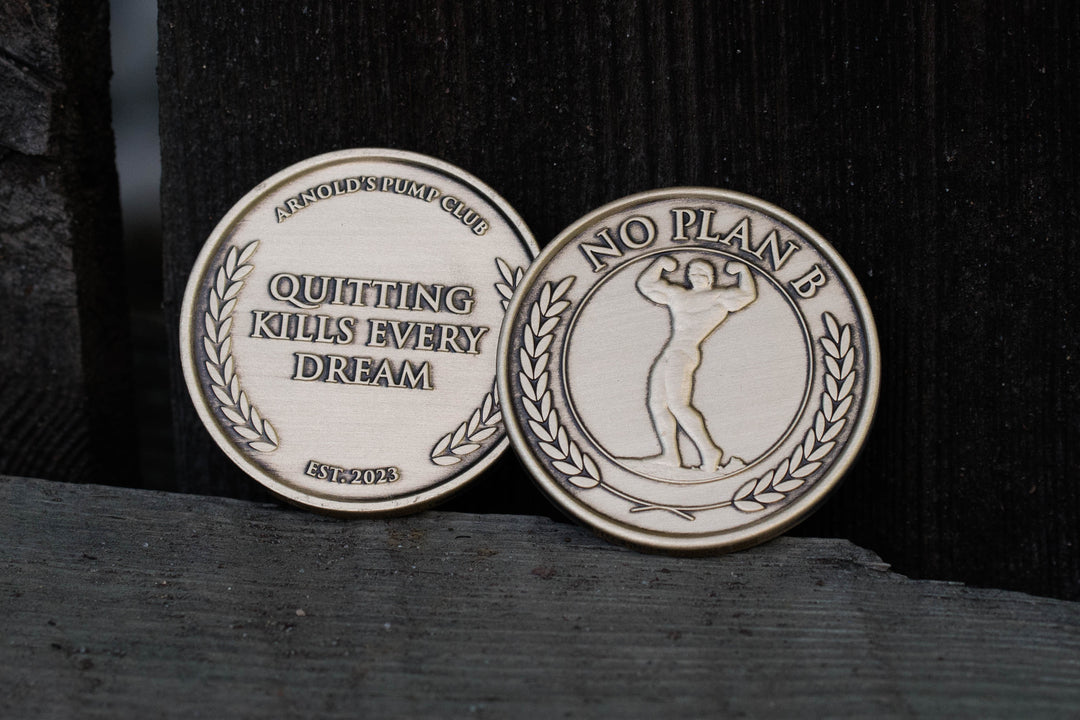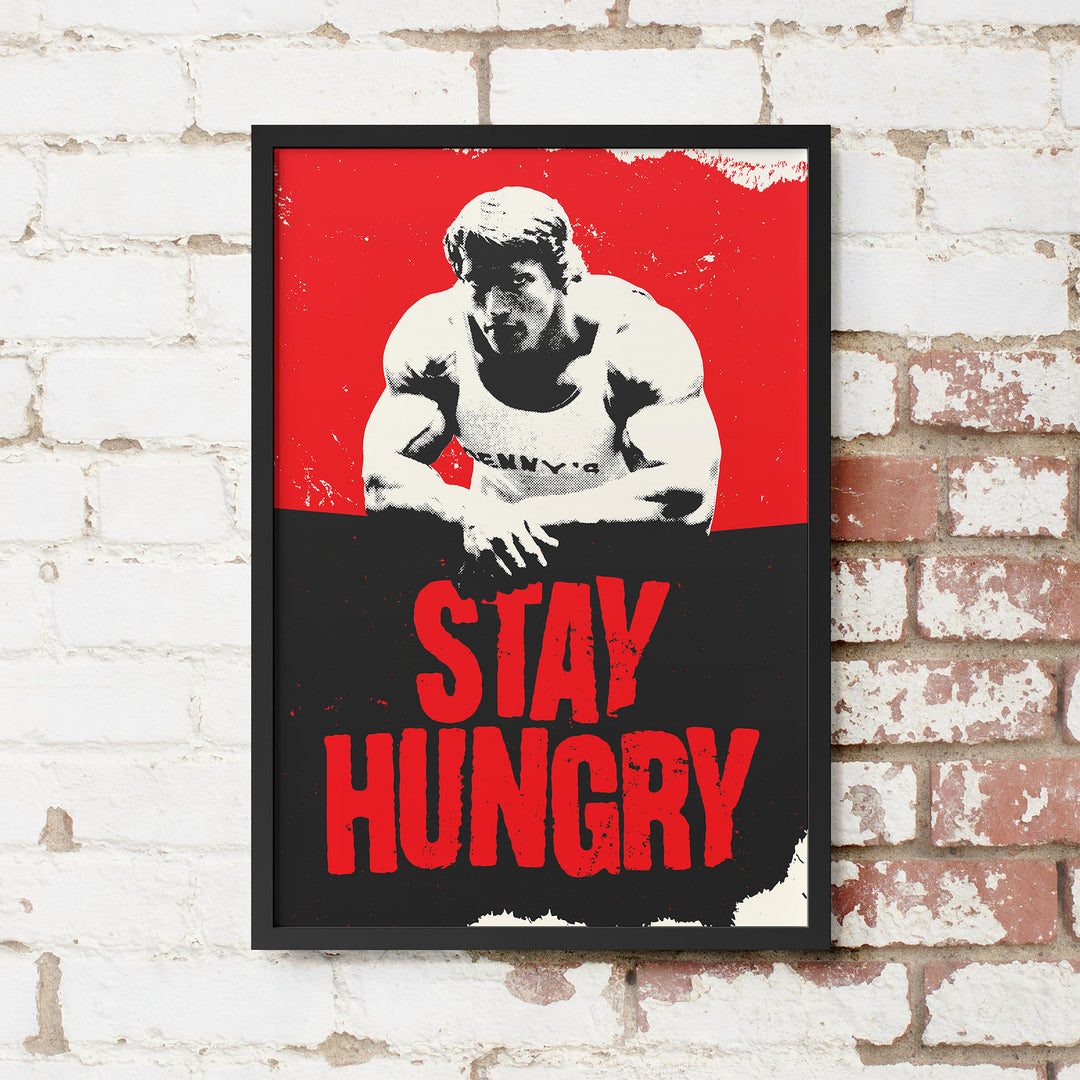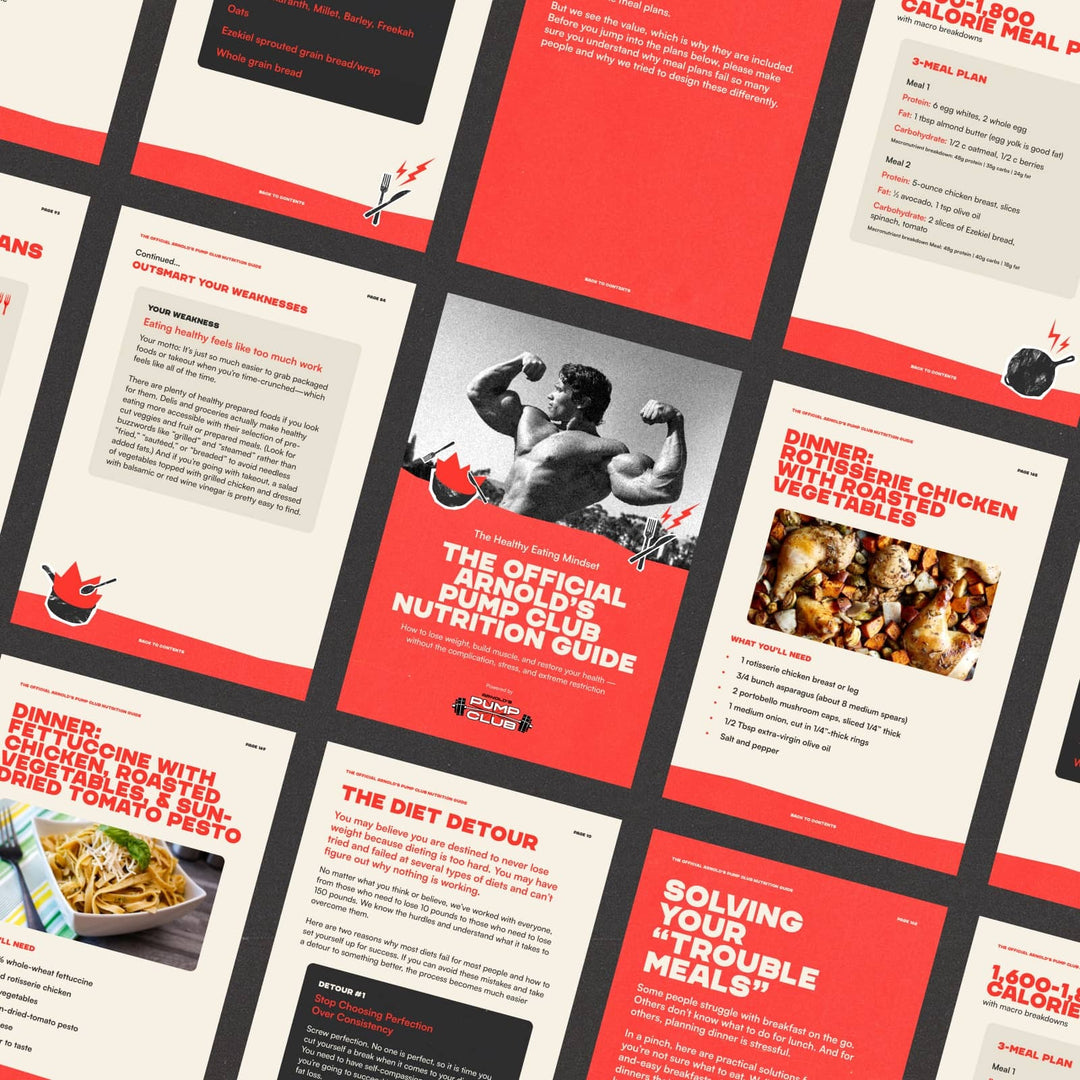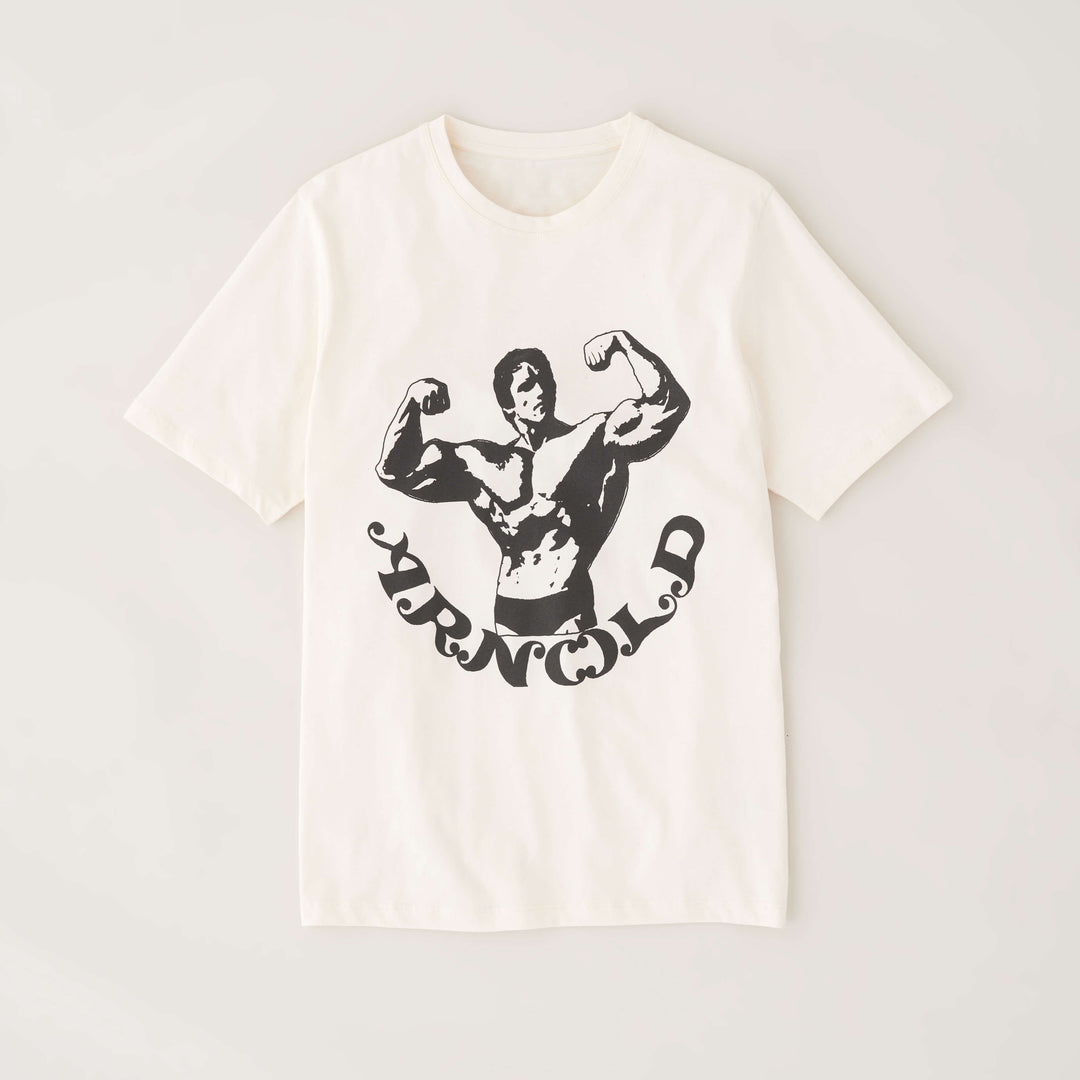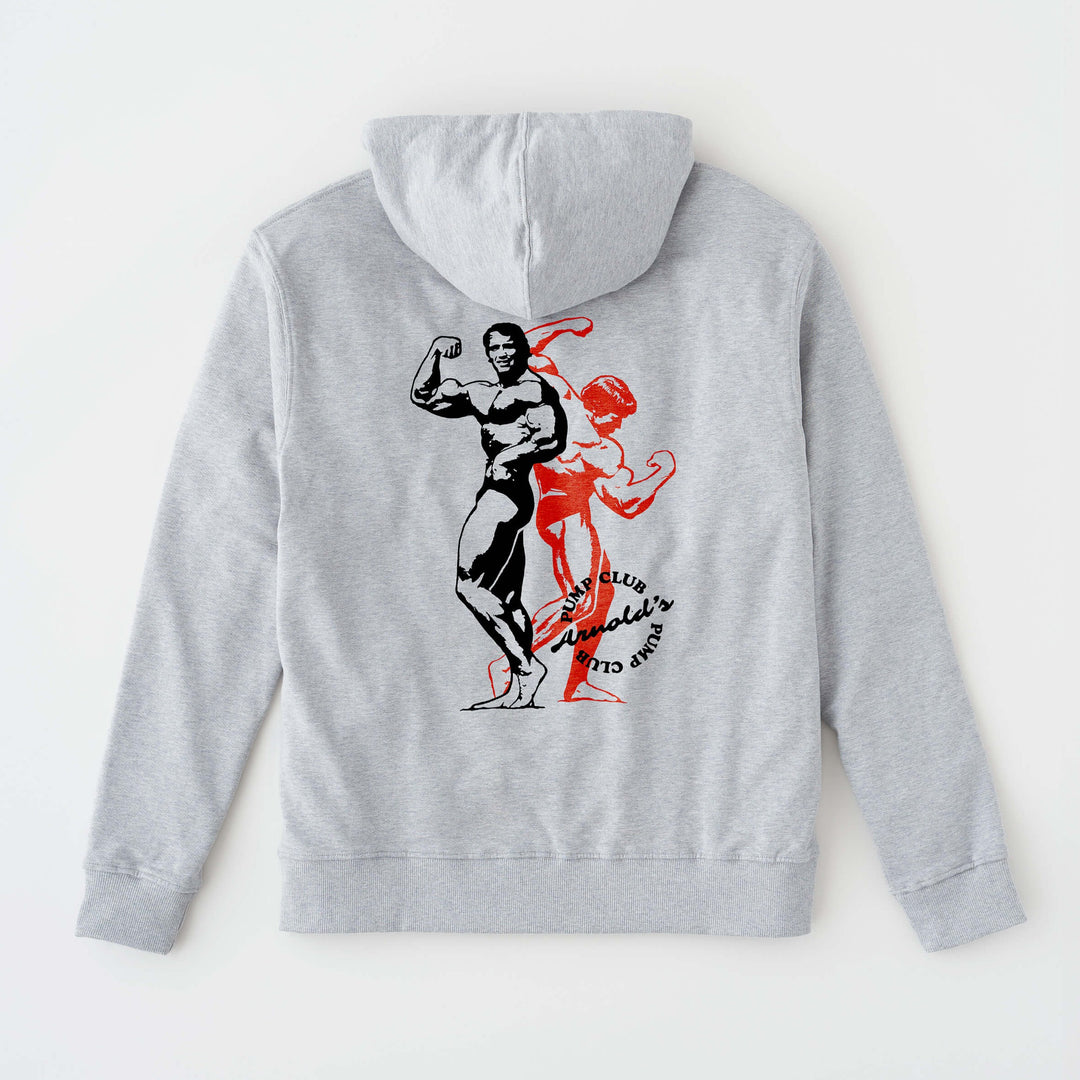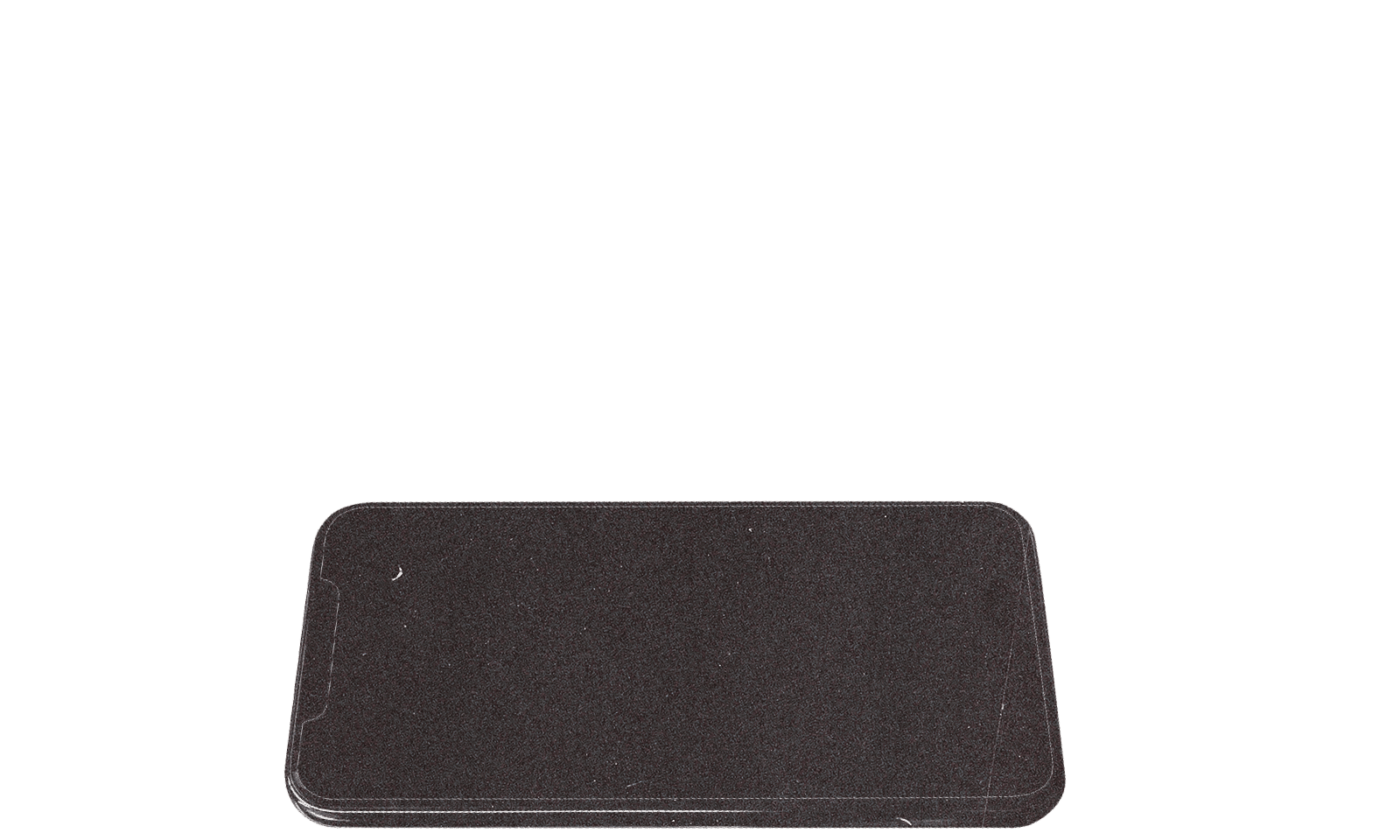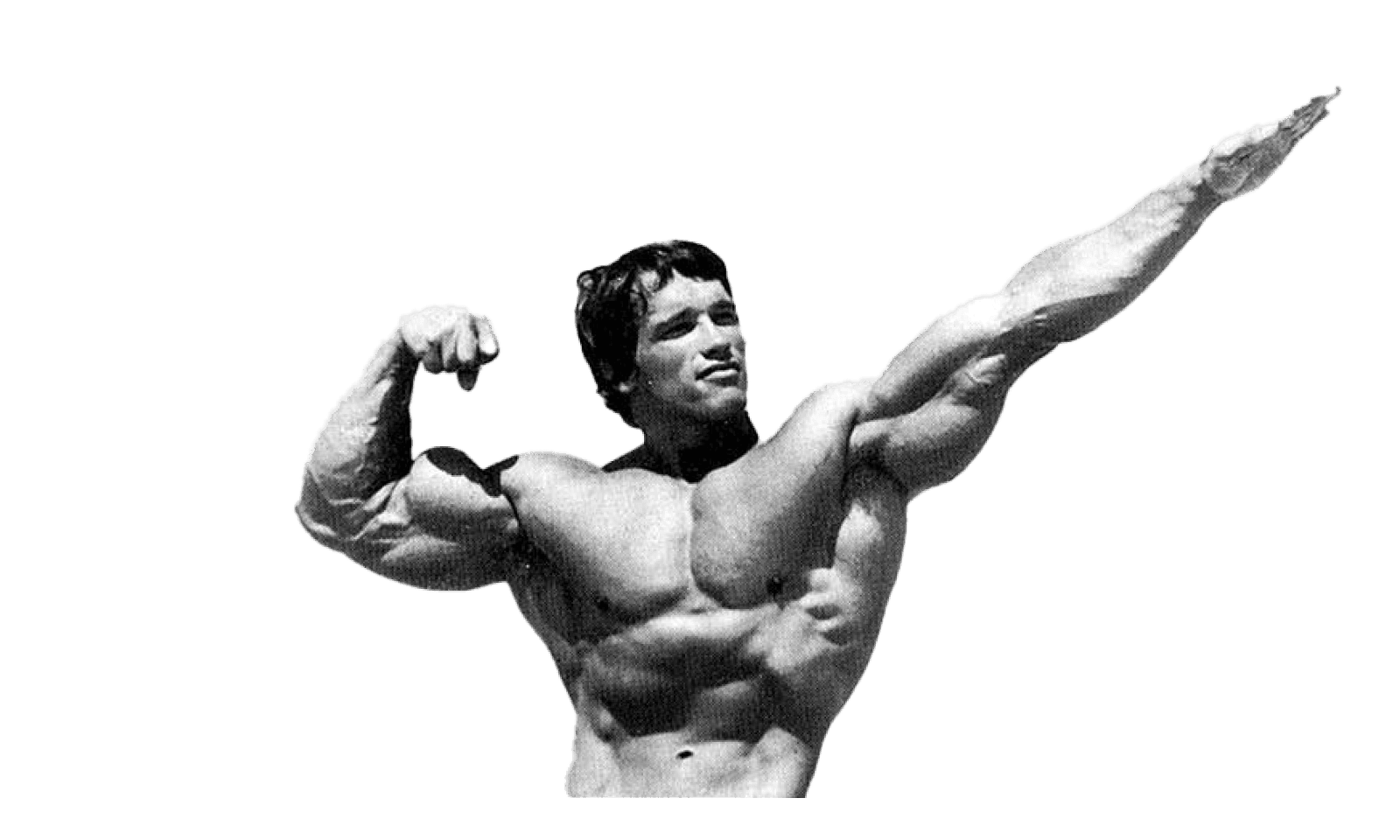Welcome to the positive corner of the internet. Every weekday, we make sense of the confusing world of wellness by analyzing the headlines, simplifying the latest research, and offering quick tips designed to make you healthier in less than 5 minutes. If you were forwarded this message, you can get the free daily email here.
Today’s Health Upgrade
Can CBD solve insomnia?
The best diet for fat loss
How to increase strength without stimulants
Arnold’s Podcast
Want more stories from Arnold? Every day, Arnold’s Pump Club Podcast opens with a story, perspective, and wisdom from Arnold that you won’t find in the newsletter. And, you’ll hear a recap of the day’s items. You can subscribe on Apple, Spotify, Google, or wherever you listen to podcasts.
Can CBD Solve Insomnia?
Approximately one in every three adults is not getting enough rest. As a result, the sleep industry is primed to grow to more than $400 billion over the next five years, meaning you’ll have no shortage of options for better rest.
If you truly struggle with insomnia, though, it appears CBD is not your solution for better sleep.
A recent randomized controlled trial tried to help find a solution for those who suffer from insomnia. Participants received either a 150 mg dose of CBD or a placebo. The CBD did not improve total sleep time, sleep efficiency, sleep latency, wake after sleep onset, the number of awakenings after sleep onset, subjective sleep quality, and sleep effort.
This isn’t the first time CBD hasn’t made a difference. Prior research tested an even higher dose of CBD (300 mg) in people without insomnia, and CBD didn’t improve sleep.
Somewhat surprisingly, there were also no changes in well-being or anxiety, two areas that previously showed some potential in CBD trials. Prior research had suggested that CBD might help reduce anxiety and stress, particularly for those with social anxiety. And because anxiety is associated with sleep troubles, it was assumed that CBD could help reduce anxiety and improve sleep. But when tested, the results haven’t held up.
If you want to improve your sleep, start with small changes that appear to make a big difference.
One study found that people who ate within an hour of sleeping were twice as likely to wake up at night and had lower-quality rest. Other habits that help include getting sunlight early in the day (this can help reset your internal clock and help you fall asleep earlier) and reducing stimulating activities before bedtime, such as using electronic devices or consuming caffeinated beverages.
If you want to try a supplement, we don’t recommend using melatonin. The best product we’ve found is the Sleep Pack from Momentous. It’s a combination of three ingredients designed to help you wind down, relax, and help you fall asleep — and stay asleep — longer.
We love Momentous products because they’re a rarity in the world of supplements. Every product is tested by a third party, ensuring quality and purity. They are redefining the supplement category by doing things not typically done, including 10 contracts with the US Military to help develop high-performance supplements that work. As a member of the Pump Club, you get 20% off any product, including Momentous Sleep. Simply use the code PUMPCLUB at checkout.
The Best Diet For Fat Loss
Yesterday, we told you that the first rule of working out is “consistency.” The same rule applies to your diet when trying to lose fat.
A new research review found that the best diet for weight loss and improved health is the plan you can stick to for the longest.
Participants followed either a low-fat or low-carb diet for a year, and then scientists analyzed overall weight loss, changes in BMI, systolic and diastolic blood pressure, fasting glucose, insulin, triglycerides, HDL-C, and LDL-C.
Improvements to health and weight loss were greatest in those who adhered to the diet plan, regardless of whether they cut carbs or fat. This isn’t the first time we’ve seen this result. Other studies examined low vs high carb and other diet variations such as “The Zone” or vegan. Each time, consistency won out.
Certain food choices appear to lead to better outcomes if you want the best results possible, regardless of your diet approach. Those who ate more fruits, vegetables, greens and beans, whole grains, dairy, total protein foods, seafood, and plant proteins saw better results. People also saw better outcomes by eating a higher ratio of unsaturated to saturated fat and lower amounts of refined grains, sodium, alcohol, and refined sugar.
If you’re looking to upgrade your nutrition, stress less about the type of diet and more about your ability to follow the plan and eat foods that have more nutrition benefits (like the ones listed above) and are likely to keep you full and satisfied.
How to Increase Strength Without Stimulants
Caffeine is one of the most effective — and tested — ways to jolt your workout. But if you don’t want to take the popular stimulant, there are other science-backed ways to take your performance to the next level.
Research suggests an intense set before your normal sets can improve strength and anaerobic output.
The technique known as “post-activation potentiation” (or PAP) has been used in strength training circles for decades, but research is finally proving that what coaches see in the gym is supported in the lab.
PAP consists of doing an intense or explosive set — such as a heavy lift, a plyometric exercise, or sprinting as fast as you can — before your regularly scheduled workout. The higher-intensity movement primes your body and makes the subsequent exercises feel easier, which gives you more strength, power, and muscular endurance.
In the current study, participants performed a 10-second sprint before a normal 30-second cardio test. Those who performed the 10-second sprint had more power and could perform more work than those who didn’t.
Similar results have been seen with other PAP methods, such as lifting 90 percent of your maximum weight for one or two reps and then performing more reps when using approximately 70 percent of your max compared to a set without PAP.
The key is making sure you get sufficient rest. The intense set can prime your muscles and neuromuscular system to do more than usual, but only if you balance fatigue. Research suggests that for PAP to be effective, you need anywhere from 2 to 8 minutes of rest between the intense set and your normal working sets.
—
Publisher: Arnold Schwarzenegger
Editors-in-chief: Adam Bornstein and Daniel Ketchell




